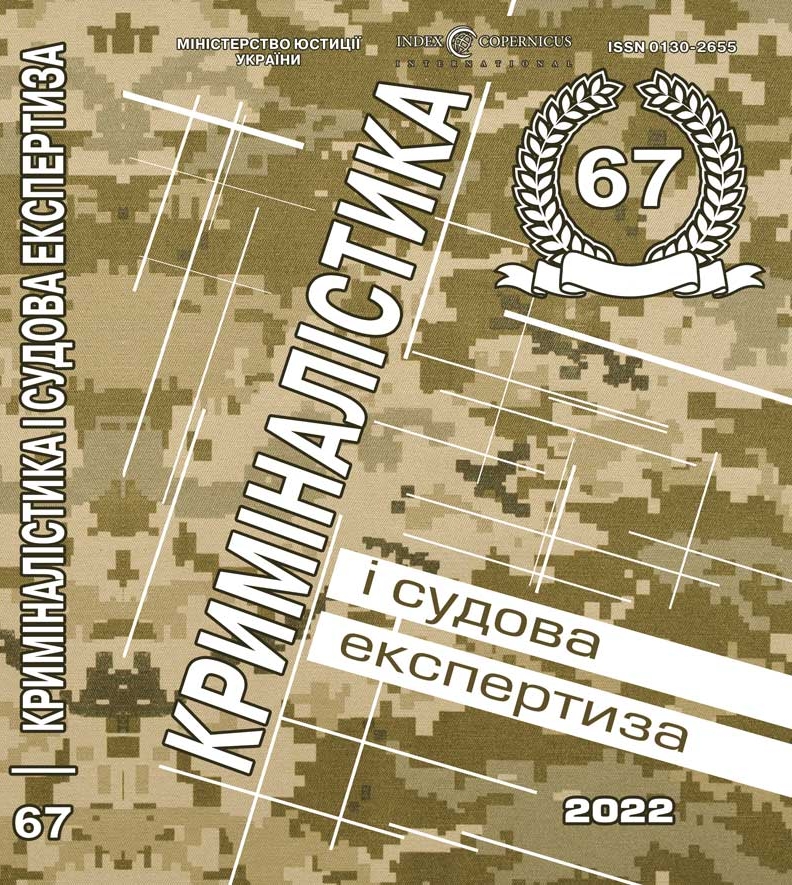
DOI: https://doi.org/10.33994/kndise.2022.67.20
G. Pishchenko, O. Soloveу
The article is devoted to the concept of bullying, its social danger. The main types of bullying and its characteristics are identified. The state and tendencies of bullying spread in Ukraine and abroad are studied. Peculiarities of foreign experience in combating bullying in schools are considered and appropriate proposals are given.
It is noted that today in the world there is no single point of view on the definition of “bullying”, however, in many sources the opinion of scientists coincides that it should be understood as harassment, aggressive persecution of one of the team members (students, colleagues, colleagues) by another person or group of persons, aimed at causing fear in the victim and subjugating it to himself. UNICEF defines bullying as the unwanted aggressive behavior of school-age children that results in the child being bullied by another child or group of children in order to humiliate, intimidate and demonstrate force, and the authors agree. The Ukrainian legislation gives a broader definition of bullying – Article 173-4 of the Code of Administrative Offenses of Ukraine “Bullying (harassment) of a participant in the educational process” states that “bullying (harassment), ie the actions of participants in the educational process, which are psychological, physical, economic, sexual violence, including the use of electronic means of communication committed against a minor or a minor or such a person against other participants in the educational process, as a result of which the mental or physical health of the victim may or may not have been harmed …”. Therefore, the typical features of bullying are: systematic action; the presence of the parties (offender (bully), victim and observers); actions or omissions of the offender, as a result of which there is physical or moral damage.
Suggestions for the prevention of bullying in Ukrainian schools: 1) in junior classes in the course “I explore the world” should pay attention to the dangers of child bullying (especially cyberbullying) in the school environment with the involvement of relevant professionals, for which it is advisable to show situations with facts of such violence and discuss them with children in order to avoid such in the future; 2) school psychologists should more often conduct psychological work with primary school students, especially with conflicting children; 3) distribute booklets “Violence – no!”
Among schoolchildren; 4) conduct mediation between the victim and the perpetrator, where it is necessary to consider and discuss the causes and consequences of the conflict, as well as make appropriate decisions aimed at eliminating the negative consequences and not repeating them in the future.
Key words: child abuse, bullying, violence, cyberbullying, harassment, physical
violence, mental violence.










